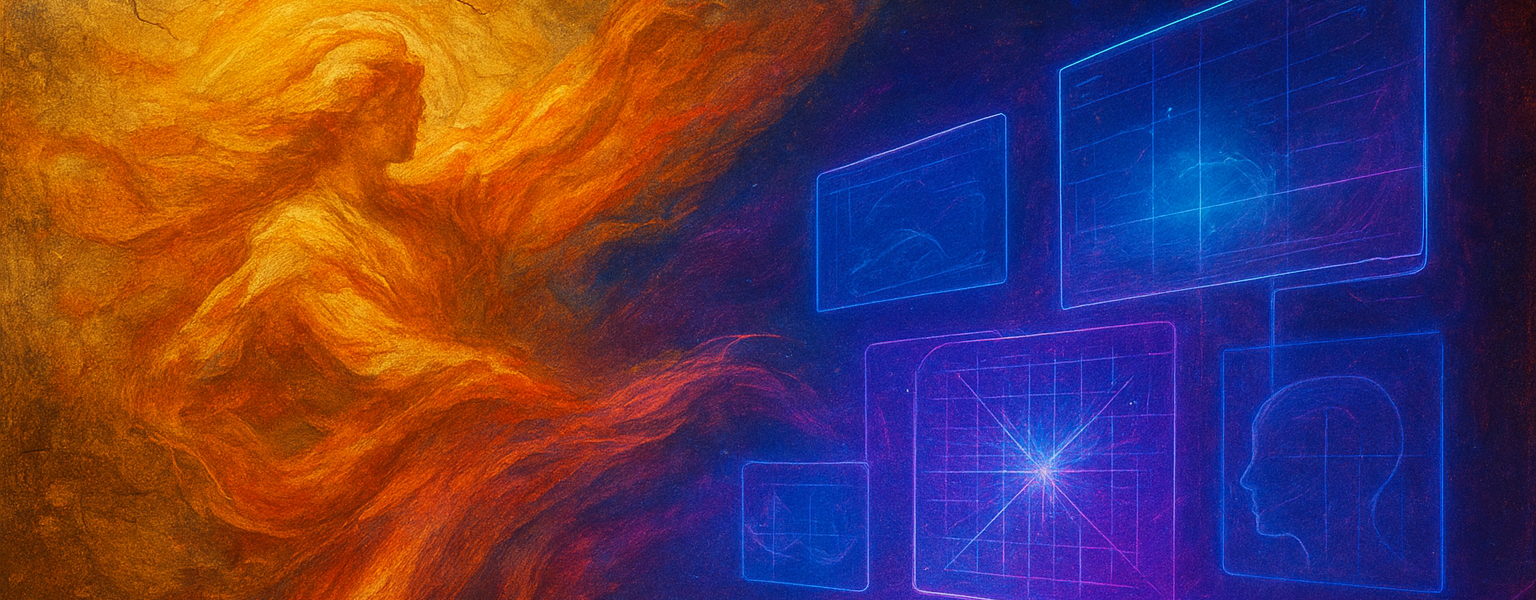
28 Sep The New Renaissance of Creativity: Unleashing Boundless Imagination with AI
We are in the midst of a creative upheaval akin to the Renaissance sparked by the printing press. The Renaissance of the 15th and 16th centuries was a crucible of human potential, where innovations like Filippo Brunelleschi’s linear perspective, Johannes Gutenberg’s printing press, and the mastery of oil painting transformed artistic and intellectual expression. Figures like Leonardo da Vinci, with his visionary sketches blending art and engineering, and Michelangelo, whose David and Sistine Chapel redefined sculptural and painterly ambition, thrived because new tools and patronage systems democratized access to creation. Today, we stand at the threshold of a New Renaissance, where artificial intelligence collapses the divide between imagination and execution. Tools once reserved for master artisans—sophisticated design software, cinematic video editing, and complex marketing strategies—are now accessible through intuitive prompts, empowering a global surge in creativity as profound as the Renaissance itself.
The chasm between vision and creation is closing as artificial intelligence empowers anyone with an idea to bring it to fruition, heralding a New Renaissance where creativity flourishes without limits.
Surveys indicate that 83% of creative professionals now integrate AI into their workflows, fundamentally reshaping their approach (Forbes, 2024). Moreover, 80% report that AI enables them to execute ideas previously hindered by cost or skill constraints (Adobe, 2024). Far from stifling originality, this era is igniting creative participation, echoing the Renaissance’s explosion of art and ideas through accessible tools and knowledge. Just as the Renaissance thrived by equipping creators, today’s AI-driven age is unlocking human potential on an unprecedented scale, fostering an inclusive, vibrant creative awakening.
Just as the Renaissance thrived by empowering more creators, today’s AI-driven age is unlocking human potential on a grand scale, fostering an inclusive, vibrant creative awakening.
The Renaissance of Creation in Motion
The adoption of AI creative tools has skyrocketed, with the global market for AI in content creation valued at $9.3 billion in 2022 and projected to reach $47.5 billion by 2030—a 410% surge Grand View Research, 2023. Many new users, once self-identified as non-creatives, are now embracing these platforms, vastly expanding the creator pool.
Execution has historically been the bottleneck of innovation, much like the labor-intensive fresco techniques that constrained Renaissance painters. Research shows that 95% of AI pilot projects fail due to implementation hurdles, not a lack of ideas. AI is dismantling this barrier, enabling seamless realization of visions, akin to how Leonardo’s engineering sketches translated into tangible inventions.Gartner, 2023.
Execution has long been the bottleneck of innovation. Research shows that 95% of AI pilot projects fail due to implementation hurdles, not a lack of ideas Gartner, 2023. AI is tearing down this barrier, enabling seamless realization of visions.
- Small businesses crafting marketing campaigns rivaling $50,000 agency productions HubSpot, 2024.
- Solo entrepreneurs designing brand identities that compete with corporate giants.
- Content creators producing films with Hollywood-level polish.
- Nonprofits launching awareness campaigns matching major corporate efforts.
- A 2024 study by Boston Consulting Group found that AI-assisted teams achieve 40% higher quality in creative tasks and produce more innovative outcomes than traditional methods BCG, 2024.
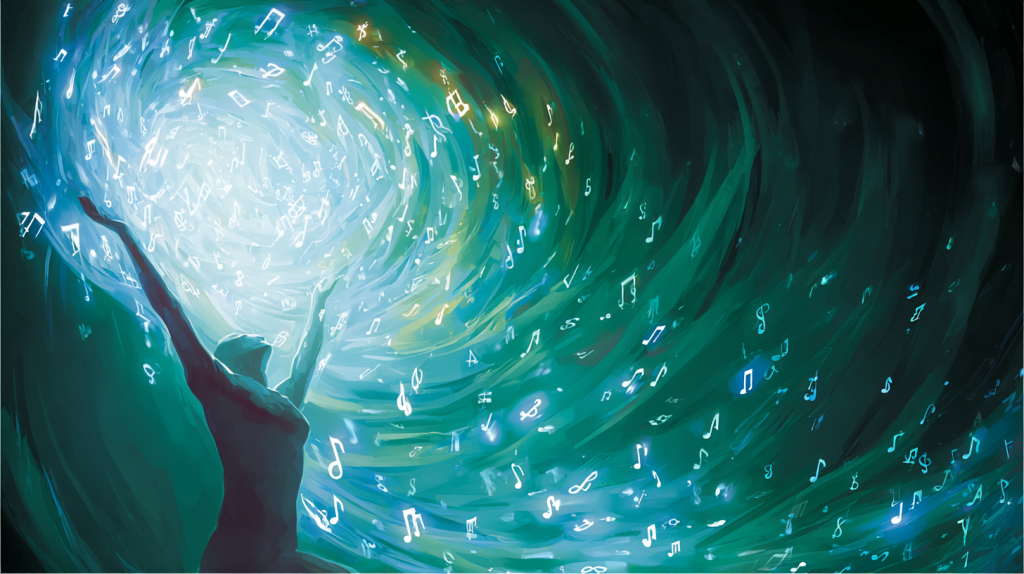
Why This Renaissance Stands Apart: A Universal Creative Surge
Unlike past revolutions limited to specific crafts, this New Renaissance transforms every creative domain at once. Traditional workflows required juggling skills in design, writing, video, and strategy, often wasting 40% of time on task-switching Asana, 2023. Modern AI platforms unify these disciplines into a single interface, streamlining the creative process.
This interconnectedness is reshaping creative landscapes:
- Design trends evolve rapidly as diverse creators experiment.
- Content grows more sophisticated with broader participation.
- Storytelling deepens as varied voices join global narratives.
Pillars of the New Renaissance
Infinite Iteration: AI accelerates idea-to-output cycles, cutting content creation time by 30-50% and campaign development by up to 50% through real-time testing McKinsey, 2024.
Cross-Disciplinary Mastery: By erasing silos, AI fosters modern polymaths who blend data, art, and narrative seamlessly, echoing the versatile genius of Renaissance luminaries.
Empowering the Citizen Creator: Everyday innovators gain access to professional-grade tools. Forecasts predict the creator base will triple by 2026, expanding the creative workforce Deloitte, 2023.
Global Creative Synergy: AI enables collaborations across borders, cultures, and generations. Studies show human-AI teams boost productivity by 60% without sacrificing quality MIT Sloan, 2024.
The New Renaissance in Practice
Economic and Cultural Flourishing
The global creative economy contributes 2-7% to GDP, with services exports reaching $1.4 trillion in 2022, up 29% since 2017, fueled by digital tools like AI UNCTAD, 2023. By 2030, related markets could hit $528 billion Statista, 2024. New roles, such as AI creative specialists, saw a 61% surge in job postings in 2024 LinkedIn, 2024.
Culturally, this Renaissance amplifies underrepresented voices, from non-English speakers to marginalized communities, enriching global discourse. Regions with high creative engagement innovate 27% faster OECD, 2023.
Navigating Renaissance Challenges
Every transformative era brings challenges, much like the Renaissance, where debates over artistic authenticity and the influx of new techniques from oil painting to perspective drawing tested the boundaries of tradition and innovation. In this New Renaissance powered by AI, creators must confront similar tensions: the flood of accessible tools risks diluting excellence, while the promise of efficiency demands a reevaluation of core skills and roles. Below, we explore these hurdles and pathways forward, drawing parallels to how Renaissance masters adapted to patronage shifts and material advancements.
-
Curating Quality Amid Abundant Output
The explosion of AI-generated content has created an overwhelming deluge of output, making curation a paramount challenge akin to sifting through the era’s burgeoning print materials for genuine insight. In 2025, surveys reveal that 68% of marketers struggle with distinguishing high-quality AI-assisted work from generic noise, as tools produce volumes that outpace human review capacities BCG, 2024. This abundance often leads to issues like repetitive language and factual inaccuracies, with up to 40% of AI content flagged for lacking depth or originality Forbes, 2025. To navigate this, creators are turning to hybrid models—leveraging AI for initial drafts while employing human oversight for refinement, much like Michelangelo’s workshop apprentices polished raw marble into masterpieces. Ethical frameworks, such as those emphasizing data diversity and bias audits, are emerging as essential, ensuring that quality curation preserves the human perspective absent in purely algorithmic outputs McKinsey, 2024.
-
Preserving Authentic Voices Against Standardized Tools
AI’s templated efficiencies risk homogenizing creative expression, echoing the Renaissance concern that mass-produced prints might erode the uniqueness of handcrafted illuminated manuscripts. By 2025, industry reports highlight how generative AI’s reliance on vast, averaged datasets fosters stylistic uniformity, with 55% of creative leaders noting a “sameness” in outputs across design and media St. Louis Fed, 2024. This homogenization extends to cultural narratives, where underrepresented voices may be further marginalized if training data skews toward dominant perspectives McKinsey, 2024. Yet, as in the Renaissance’s embrace of individual patronage to nurture diverse talents, modern solutions lie in customizing AI prompts with personal datasets and integrating cultural sensitivity checks. Tools like bespoke fine-tuning allow creators to infuse unique idioms, ensuring that AI amplifies rather than erases authenticity, fostering a polyphonic creative landscape Vention, 2024.
-
Adapting Skills for AI Collaboration
Just as Renaissance artists like Leonardo da Vinci had to master emerging sciences alongside their craft, today’s creatives face the imperative of reskilling to collaborate effectively with AI, blending intuition with algorithmic precision. Projections for 2025 indicate that 70% of creative roles will require hybrid competencies, with upskilling in prompt engineering and ethical AI integration becoming as vital as traditional techniques PwC, 2024. Challenges include the steep learning curve—42% of mid-career professionals report anxiety over obsolescence—and the need for ongoing training amid rapid tool evolution Autodesk, 2024. Forward-thinking approaches mirror guild apprenticeships: platforms offering modular courses in AI orchestration enable seamless adaptation, transforming potential disruption into empowerment McKinsey, 2024. By 2026, reskilling initiatives could boost productivity by 25%, positioning creators as “AI conductors” who direct rather than replace human ingenuity Deloitte, 2024.
-
Shifting Agencies Toward Strategic Guidance
Creative agencies, once execution powerhouses like Renaissance workshops churning out commissions, must pivot from labor-intensive production to high-level strategy, as AI automates up to 35% of routine tasks by 2025 Emplifi, 2024. This shift challenges business models, with 42% of agencies reporting revenue pressures from client demands for AI-driven efficiencies, potentially shrinking budgets by 20-30% if adaptation lags BusinessWire, 2024. Drawing from historical transitions—where patrons evolved from funders to curators—successful agencies are reorienting toward advisory roles, focusing on brand storytelling and ethical AI deployment. Custom AI integrations and talent upskilling in areas like data ethics are key, enabling 69% of forward-leaning firms to increase client value through innovative, human-AI hybrid services BCG, 2024. This evolution not only sustains viability but elevates agencies as indispensable architects of the New Renaissance.
Platforms that prioritize human creativity over automation, much like Renaissance patrons nurturing artists, offer a path to balance innovation with individuality.
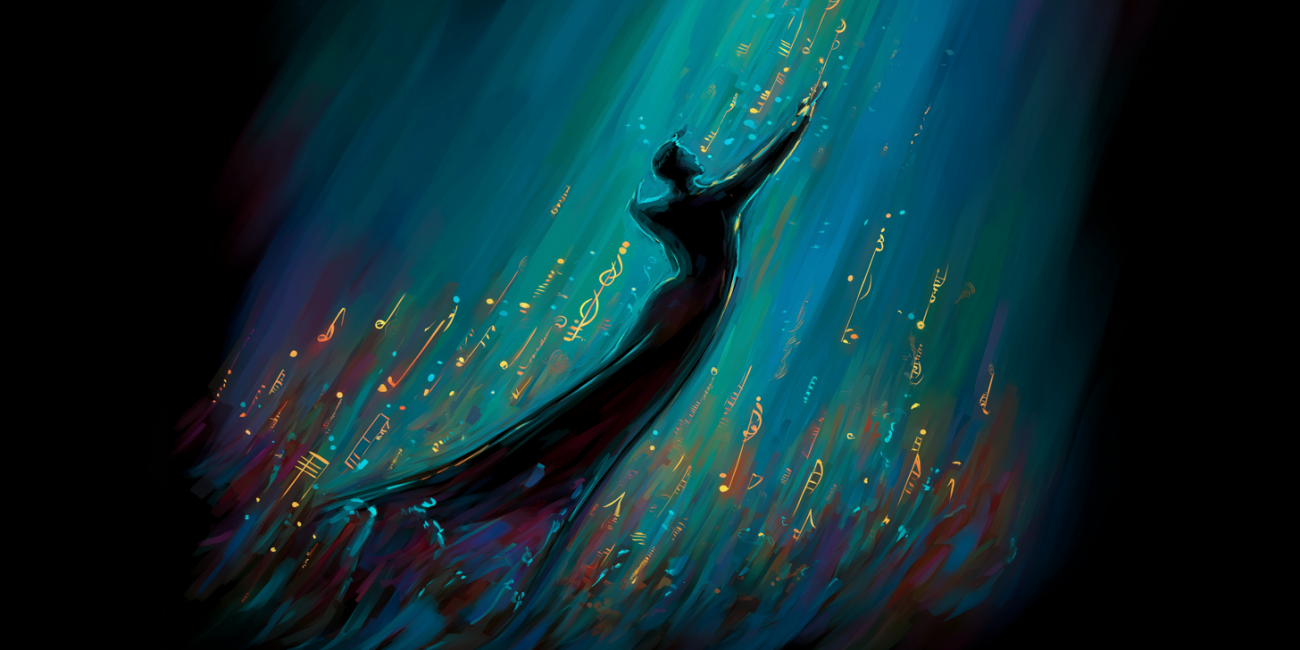
The Future of the New Renaissance
As we approach 2026, the New Renaissance will be propelled by integrated AI ecosystems that fuse generative models, autonomous agents, and multimodal interfaces, fundamentally redefining creative work from ideation to distribution. Gartner predicts that by 2026, more than 80% of enterprises will deploy generative AI-enabled applications in production, up from less than 5% in early 2023, enabling seamless, scalable creativity across industries Gartner, 2023. This evolution will prioritize human-AI harmony, with tools like agentic AI handling complex workflows while amplifying individual ingenuity, much like Renaissance polymaths leveraged emerging sciences to expand artistic horizons. Below, we delve into the transformative capabilities set to dominate, drawing from emerging trends in autonomous systems, immersive tech, and personalized intelligence.
Seamless Strategy-to-Execution Pipelines
By 2026, AI-driven pipelines will automate the entire creative lifecycle, bridging conceptual strategy with flawless execution in a continuous loop, reducing development timelines by up to 70% for web and mobile apps through generative AI integration Gartner, 2024. Imagine inputting a high-level narrative brief into an AI system that auto-generates storyboards, scripts, and prototypes, iterating based on real-time feedback—echoing how da Vinci’s notebooks evolved from sketches to inventions. Deloitte forecasts that agentic AI, capable of autonomous decision-making, will optimize these pipelines across supply chains and content production, with 33% of enterprise apps incorporating AI agents by 2028 Deloitte, 2025. In film and media, tools like those from Promise Studios already demonstrate this, using Gemini models for end-to-end storyboarding and post-production, slashing costs by 40% while preserving artistic intent Medium, 2025. This seamlessness will democratize high-end production, allowing indie creators to rival studios without silos.
Real-Time, Cross-Media Collaboration
Collaboration in 2026 will transcend physical boundaries, with real-time AI facilitating synchronized workflows across text, video, audio, and 3D assets, boosting team productivity by 50% in hybrid environments McKinsey, 2025. Platforms like Google Cloud’s Vertex AI enable global teams to co-edit immersive content live, analyzing trends and suggesting cross-media adaptations—such as repurposing a podcast script into an AR visualizer—much like Renaissance workshops in Florence shared sketches for collective refinement. By 2026, 90% of customer interactions in creative sectors will involve AI, fostering instant feedback loops via tools like Sprinklr AI+ for unified social and marketing orchestration Google Cloud, 2025. This trend is amplified in enterprise settings, where AI agents coordinate multi-format campaigns, as seen in Radisson Hotel Group’s 20% revenue uplift from AI-personalized ads across channels Google Cloud, 2025. The result? A fluid, borderless creative symphony where diverse voices converge instantaneously.
Personalized AI Assistants Tailored to Individual Styles
Personalization will reach new depths by 2026, with AI assistants evolving into intuitive “creative companions” that adapt to users’ stylistic nuances, preferences, and even emotional states, enhancing output quality by 25% through fine-tuned recommendations PwC, 2024. Tools like Canva AI already exemplify this, generating designs in a user’s signature aesthetic via conversational prompts, mirroring how Michelangelo tailored frescoes to papal visions Canva, 2025. Gartner anticipates that by 2026, 75% of businesses will leverage generative AI for synthetic data to customize these assistants, ensuring outputs align with personal idioms—from a novelist’s prose rhythm to a designer’s color palette Gartner, 2024. In creative fields, assistants like Gemini will analyze past works to suggest evolutions, as in Lindy’s AI for drafting in an artist’s voice, fostering a bespoke renaissance where AI acts as a devoted atelier apprentice Lindy, 2025. This tailoring will empower underrepresented creators, amplifying unique perspectives in global narratives.
Immersive AR/VR Creation Environments
By 2026, AR/VR environments augmented by AI will become dynamic “creative sandboxes,” generating photorealistic worlds on-the-fly for prototyping and storytelling, with global AR/VR spending surpassing $50 billion annually IDC via AI Accelerator Institute, 2025. NVIDIA’s Omniverse platform leads this charge, using AI for real-time physics and collaborative virtual builds, akin to Brunelleschi’s dome prototypes brought to life AI Accelerator Institute, 2025. Gartner projects 40% of consumer AR/VR apps will integrate AI for hyper-personalized immersion, enabling creators to simulate narratives in 360-degree realms with adaptive NPCs Gartner, 2024. In education and entertainment, EON Reality’s AI-VR simulations already cut training times by 40%, while generative tools like those in Unreal Engine 5 craft procedural landscapes, blurring creation and experience DesignRush, 2025. These environments will transform passive consumption into participatory art, inviting users to co-author immersive epics.
As these tools grow infinitely capable—harnessing synthetic data and federated learning to evolve without limits IBM, 2025—imagination emerges as the sole frontier, unbound by technical constraints. This New Renaissance beckons creators to dream audaciously, wielding AI not as a crutch but as an infinite canvas extender, much like the printing press liberated ideas from monastic scriptoria. The horizon is luminous; the only question remains: what worlds will you conjure?
Your Renaissance Blueprint
- Assess your creative processes for inefficiencies.
- Experiment with AI to amplify your strengths.
- Redesign workflows for rapid iteration and teamwork.
- Lead others to unlock collective creative potential.
The New Renaissance is unfolding. Will you stand as a bystander or wield its tools to craft the future? The canvas is infinite. What masterpiece will you create?
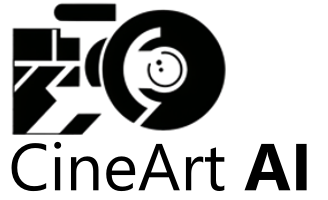

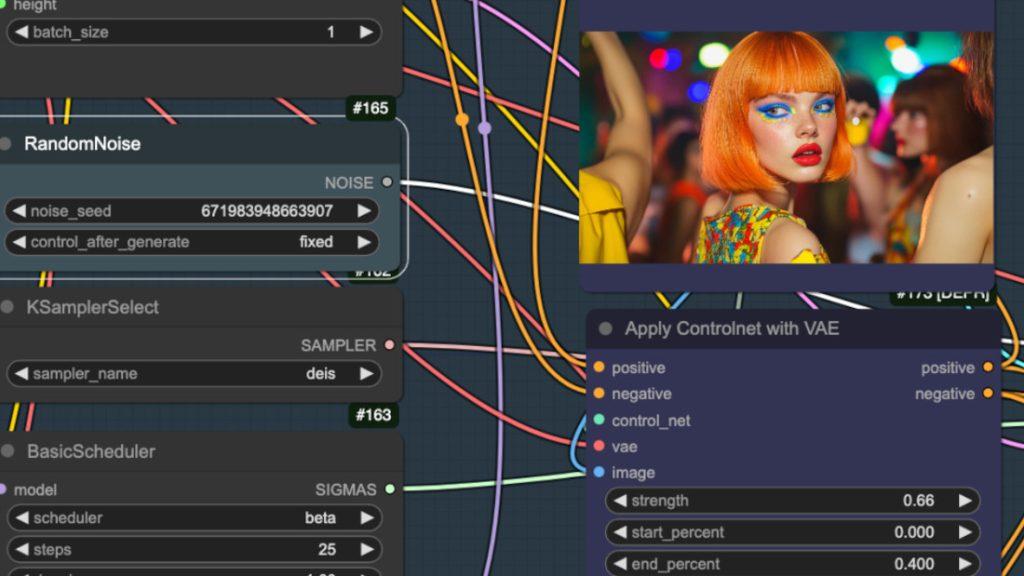

Sorry, the comment form is closed at this time.